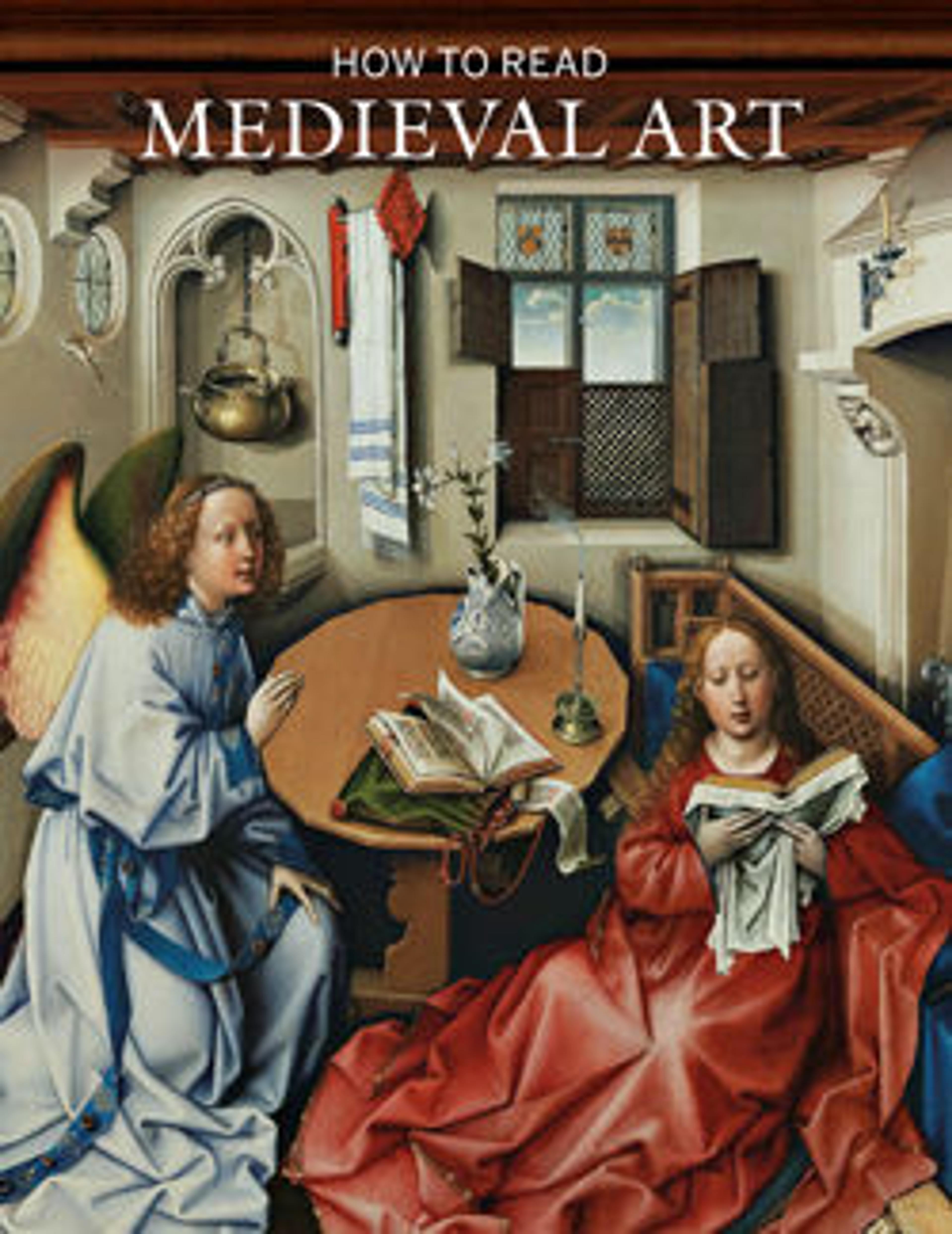Tabernacle of Cherves
This tabernacle is the most celebrated object from the Treasure of Cherves, found in 1896 near the site of a ruined priory of the Grandmont order of monks in Gandory. The accomplished openwork medallions depict events following the Crucifixion, including the Holy Women at the Sepulchre on Easter Sunday (center left) and Doubting Thomas (upper right). With their strong emphasis on the physical presence of Christ after his death, these images were most appropriate for a cupboard intended for storing of the bread consecrated as Christ’s body during the mass.
Artwork Details
- Title:Tabernacle of Cherves
- Date:ca. 1220–1230
- Geography:Made in Limoges, France
- Culture:French
- Medium:Copper (plaques): engraved, scraped, stippled, and gilt; (appliqués): repoussé, chased, engraved, scraped, and gilt; champlevé enamel: medium blue, turquoise, medium green, yellow, red, and white, modern wood mount
- Dimensions:Closed: 33 × 19 3/4 × 10 3/4 in., 90 lb. (83.8 × 50.2 × 27.3 cm, 40.8 kg)
Open: 33 in. × 37 3/4 in. × 10 3/4 in. (83.8 × 95.9 × 27.3 cm)
Other (Proper right wing): 27 3/8 × 9 1/2 in. (69.5 × 24.1 cm)
Other (Proper left wing): 27 1/8 × 9 3/8 in. (68.9 × 23.8 cm) - Classification:Enamels-Champlevé
- Credit Line:Gift of J. Pierpont Morgan, 1917
- Object Number:17.190.735
- Curatorial Department: Medieval Art and The Cloisters
Audio
3105. Tabernacle of Cherves
0:00
0:00
We're sorry, the transcript for this audio track is not available at this time. Please email info@metmuseum.org to request a transcript for this track.
More Artwork
Research Resources
The Met provides unparalleled resources for research and welcomes an international community of students and scholars. The Met's Open Access API is where creators and researchers can connect to the The Met collection. Open Access data and public domain images are available for unrestricted commercial and noncommercial use without permission or fee.
To request images under copyright and other restrictions, please use this Image Request form.
Feedback
We continue to research and examine historical and cultural context for objects in The Met collection. If you have comments or questions about this object record, please contact us using the form below. The Museum looks forward to receiving your comments.
